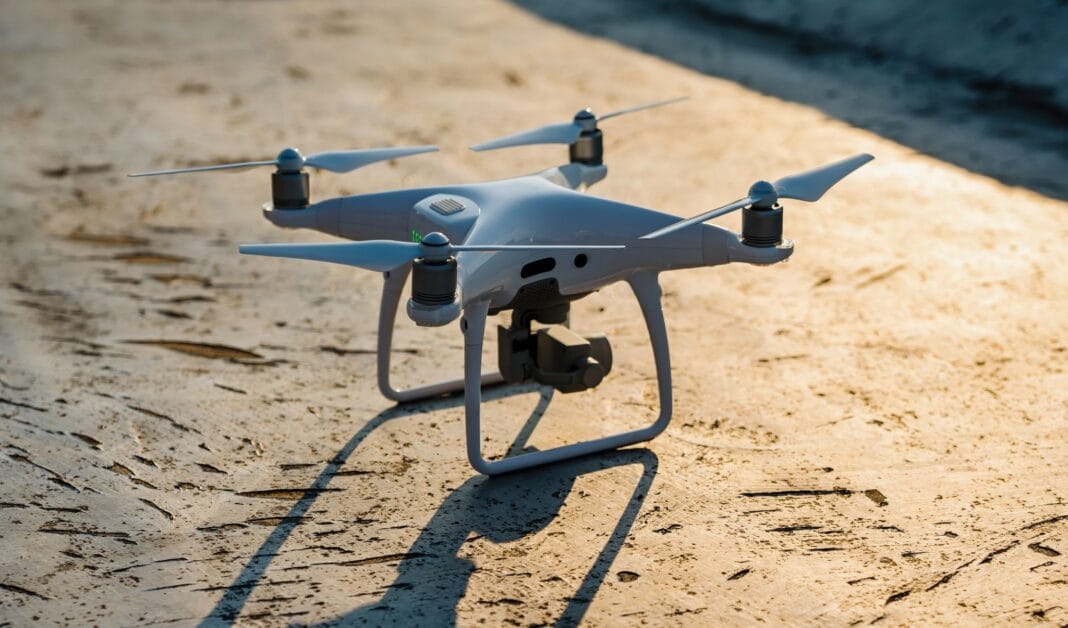Drones have become an exciting technology for hobbyists, photographers, filmmakers, and professionals across various fields. Despite their user-friendly nature, it’s easy for new drone pilots to make mistakes that can lead to crashes, lost equipment, or legal problems. Understanding these common pitfalls is crucial to enjoying a safe and successful flying experience. Here are the top five mistakes that new drone pilots often make and how to avoid them.
1. Ignoring Local Regulations
Understanding FAA Rules
In the United States, the Federal Aviation Administration (FAA) governs the rules of drone flight. New drone pilots often overlook the necessity of becoming familiar with and adhering to these regulations. Ignoring them can result in hefty fines and confiscation of your drone.
Importance of Local Laws
Beyond federal laws, local laws and ordinances may impose additional restrictions, such as no-fly zones, altitude limits, and permissions needed for photography or videography. Checking these details is essential, especially when operating in densely populated or sensitive areas.
Tips for Compliance
- Register your drone with the appropriate authorities.
- Always check airspace maps for restricted areas before flying.
- Consider joining a local drone club or online community for guidance and updates on regulations.
2. Skipping Pre-Flight Preparations
Equipment Checks
Many new pilots underestimate the importance of a thorough pre-flight check of their equipment. This includes ensuring that batteries are fully charged, propellers are intact, and the firmware is up to date.
Understanding Weather Conditions
Weather can significantly impact drone flights. Strong winds, rain, or extreme temperatures can lead to disastrous flights. New pilots often forget to check weather forecasts, leading to lost or damaged drones.
Tips for Preparedness
- Create a pre-flight checklist to systematically review your equipment.
- Use flight planning apps that provide real-time weather updates.
- Always have a contingency plan in case of sudden weather changes.
3. Flying Beyond Visual Line of Sight (BVLOS)
The Importance of Keeping Your Drone in Sight
Flying beyond the visual line of sight (BVLOS) not only increases the risk of losing your drone but is also often illegal under most aviation authorities. New pilots may be tempted to push the limits of their drones’ range, leading to disconnected flights and equipment loss.
Effects of Signal Interruption
Understanding the environment’s potential impact on signal strength is critical. Buildings, trees, and other obstructions can interrupt connectivity, leading to uncontrolled drones.
Tips for Safe Flying
- Maintain a direct line of sight with your drone at all times.
- Familiarize yourself with your drone’s maximum range specifications.
- Use a spotter to help keep track of the drone in complex or crowded environments.
4. Overlooking the Need for Training and Practice
Underestimating the Learning Curve
Operating a drone effectively requires skill that goes beyond reading the manual. New pilots often underestimate this learning curve, which can lead to mishaps.
Importance of Simulations
Flight simulators provide a risk-free environment to practice flying under various conditions and scenarios before taking to the skies with your own drone.
Tips for Skill Development
- Start by practicing in open areas with minimal obstacles.
- Join drone training courses or workshops.
- Invest time in simulator practice to hone your skills progressively.
5. Neglecting Post-Flight Maintenance
Immediate After-Flight Checks
New pilots often forget to inspect their drones for wear and damage post-flight, leading to compounded issues over time. Immediate post-flight checks can prevent accidents in subsequent flights.
Regular Software Updates
Ensuring that your drone’s software and apps are regularly updated can prevent unexpected performance issues and improve flight safety.
Tips for Effective Maintenance
- Thoroughly inspect your drone after each flight for any damage or debris.
- Regularly clean your drone, focusing on cameras and sensors.
- Keep track of firmware updates and install them promptly.
Navigating the world of drones as a new pilot can be thrilling yet challenging. By understanding and avoiding these common mistakes, beginners can ensure they fly safely, responsibly, and enjoyably. Being well-prepared, knowledgeable, and mindful of regulations not only protects your investment but also the safety and privacy of those around you. Remember, a responsible pilot is a successful pilot!



